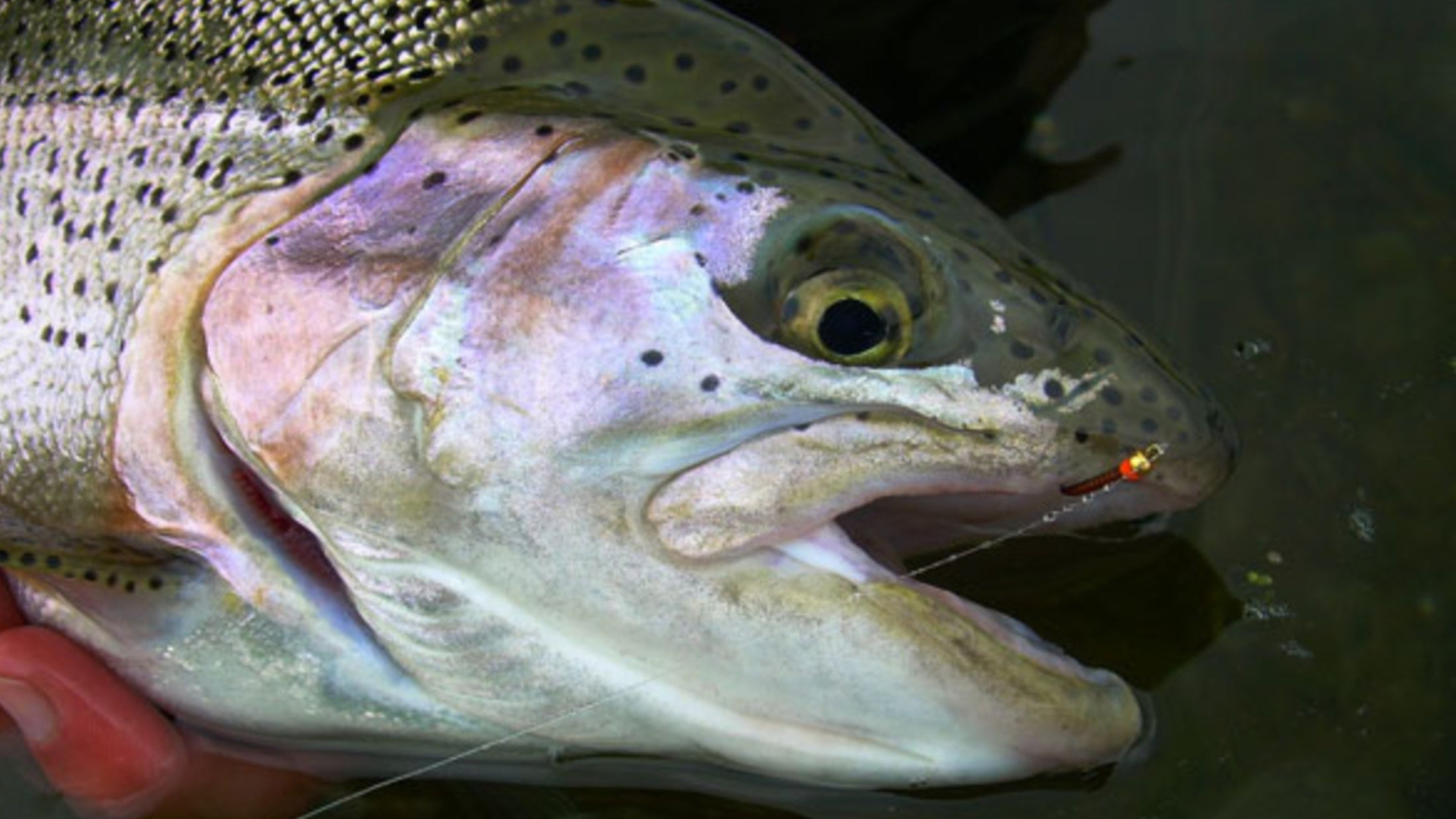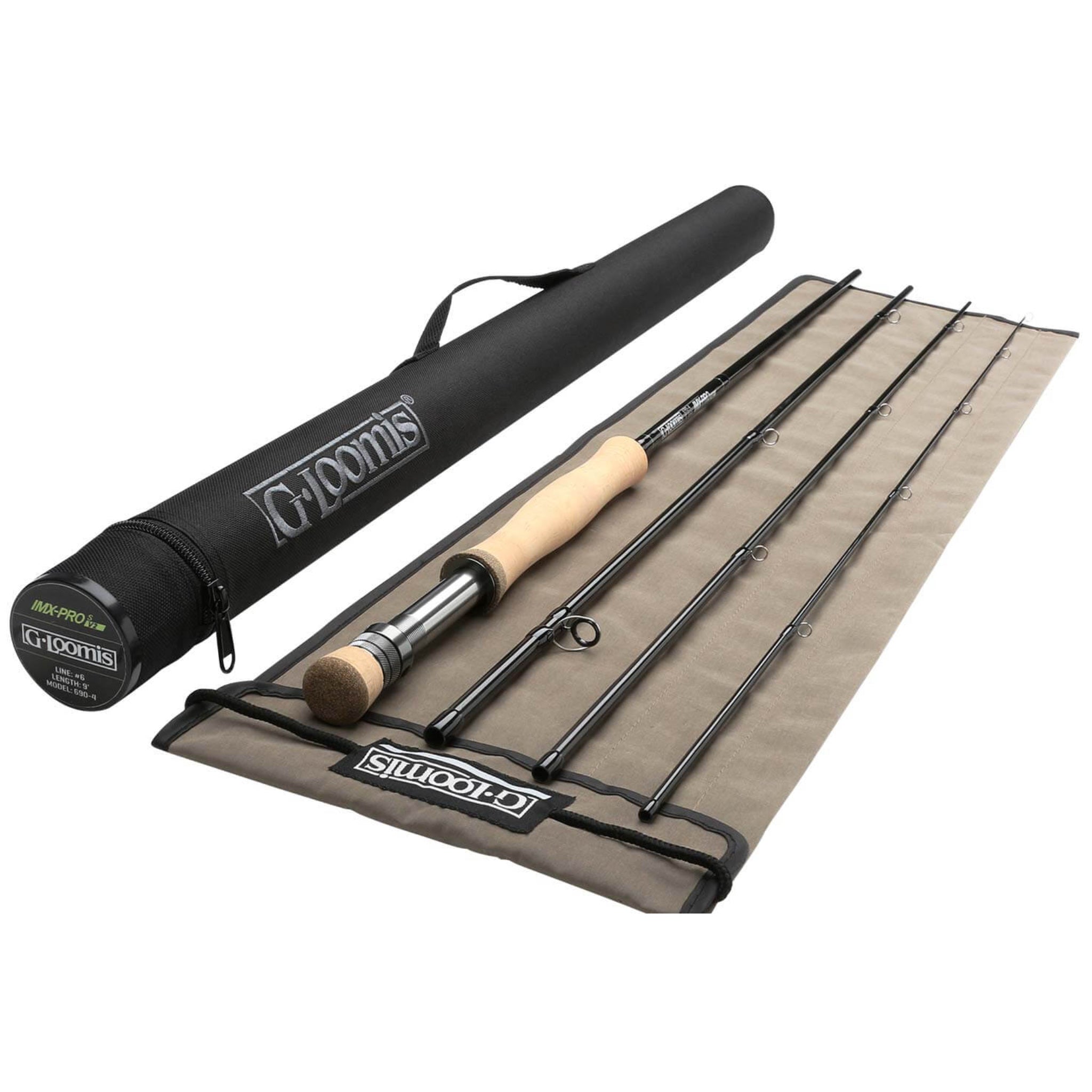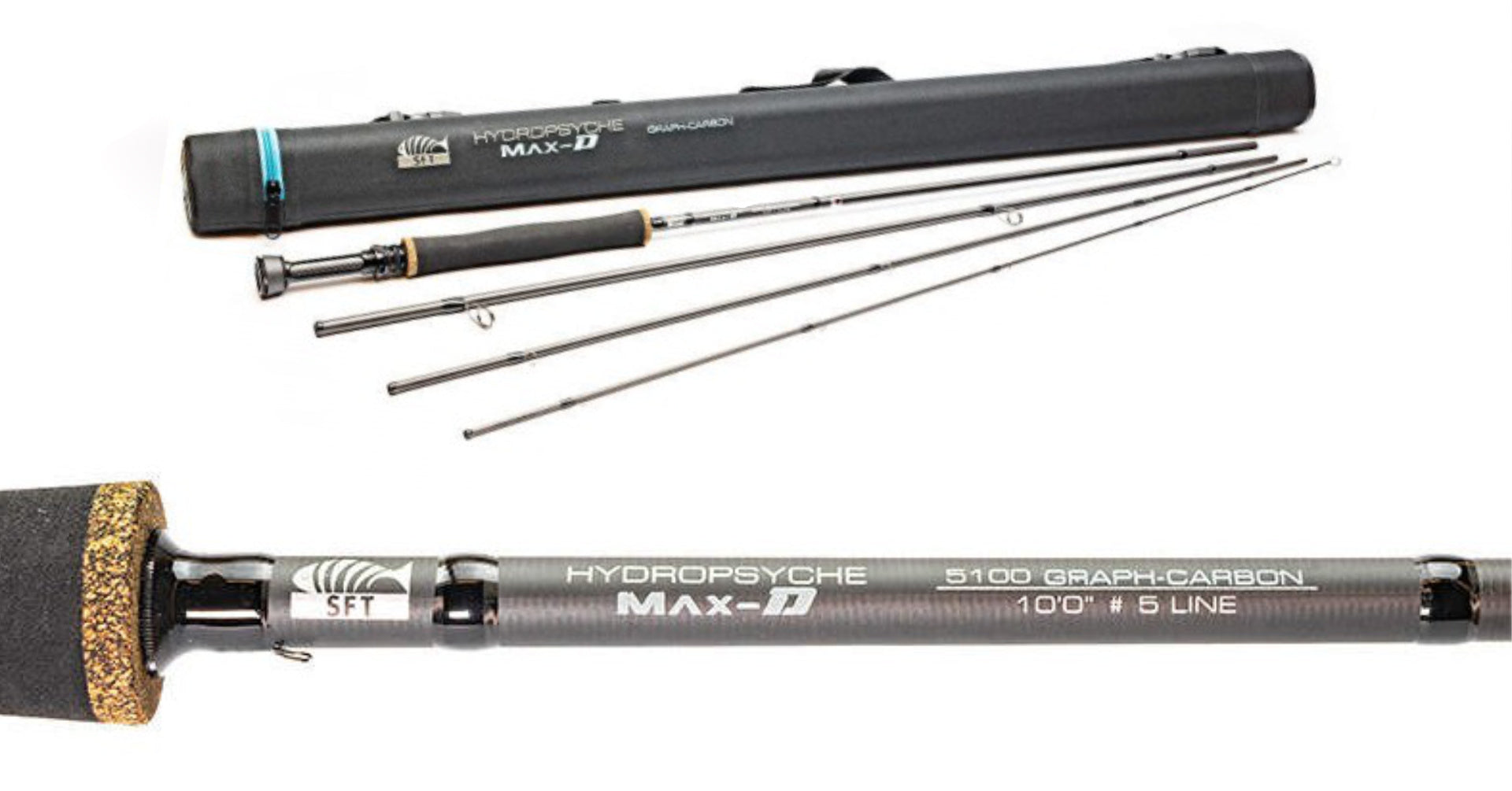A lot has already been written and said about this fishery, so it’s hard to come up with something truly new. But the admin won’t stop asking until something about Bešeňová finally gets published! In the form in which anglers know Bešeňová today (C&R), it has existed only for a few years, yet during that time it has earned respect and recognition from many fishermen. I’ll start rather with the past, when this water wasn’t even classified as a trout fishery. Hard to believe, but it has already been 19 years. The beginnings were quite difficult and required plenty of patience and persistence.
Patience when fishing on the Bešeňová Reservoir
Patience — because you would get about one take for every five trips. And if you missed that one, all you could do was cry.
The low number of takes was mainly due to the fact that no salmonid fish were stocked into the Bešeňová reservoir. The fish that were caught came from the surrounding tributaries (Ľupčianka and Malatínka). These were purely brown trout and the lacustrine form of brown trout.
The average size of the catch was around 50 cm. We mostly fished with baitfish imitations that we tied ourselves — back then from the “under-the-counter” material Furabou by Roman Moser.

Baitfish imitation
Endurance when fishing on the Bešeňová Reservoir
Endurance — because the early days of lake casting really hurt, whether during fishing itself or later at home when refilling the nearly empty streamer boxes. Every small mistake, especially near the dam, was punished by shredding the entire leader.
After a few years, belly boats appeared on the market, and that’s when, in my opinion, the best seasons on Bešeňová began.
We were able to explore every part of this fishery. And of course, we finally reached fish we had previously seen only from the dam. Worth mentioning are the catches of my uncle Dušan Mlynár: a 74 cm brown trout and a 76 cm lacustrine trout. Martin Poliak caught a trout over 80 cm around that time.
Then came changes in the law and fishing regulations — a reclassification of the fishery. Bešeňová became a trout water, later adjusted to a CATCH & RELEASE regime. Finally a fishery where you can get a true trophy photo.
Fishing changed as well, because fishing from a boat was prohibited — bank fishing only. I’m glad I had the chance to experience Bešeňová also from a belly boat.


Historical photos of the Bešeňová Reservoir
Fishing the Bešeňová Reservoir

Spring months
In spring, very good spots are in the canal channel near the inlet of Kľačianka (A), which enters just above the bridge in the village of Vlachy. It forms a sandy ridge around which most fish hold. The exact position, however, is heavily influenced by fluctuations in water level.
For this place, I mainly use a streamer (photo no. 2), which works even when the water level literally shoots toward Liptovská Mara, and a few minutes later back down.

Fig. 2 – Spring streamer at Bešeňová
Another good spring spot is the beach under Hora (B). Here the buzzer (photo no. 3) works well. The water warms faster and the old riverbed of the Váh does not disrupt insect hatches as much. There are still remnants of footpaths from the flooded village, allowing decent wading — but beware: YOU MUST CHECK THE RISING WATER LEVEL!!! Otherwise, an involuntary swimming session in full gear awaits.
Because this is a shallow stretch with a gentle slope, a setup with two buzzers on a longer leader (5–6 m) works well. Spacing between flies ~1.5 m, and a hover line.

Fig. 3 – Spring buzzer at Bešeňová
Another spot (C) is definitely the inlet of the Ľupčianka. Early in the season it’s more about streamer fishing. The dam section is strongly affected by water-level changes. At high water you can streamer-fish from the concrete panel about 60–70 m from the highway. Closer to the highway, there’s a large mud deposit that makes streamer fishing impossible.
When water levels are low and mud is visible along the edge of the channel, you must move closer to the dam. This spot is widely known as “AT THE ANTHILL.” If you don’t know why, bring a sandwich — your bag will get a visit!

Ľupčianka inlet – extreme wading
With a good water level, an excellent spot is the old road where the Malatínka (E) stream enters. A panel road leads there from Vlachy all the way to the dam embankment. A “good” level means the old road is dry past the small bridge over Malatínka.
The left side (closer to the highway) works for buzzers already in spring; the right side is better for streamers. An intermediate line sinking 1–1.5 ips works well. Slow retrieves or figure-eight retrieves are effective. I use a “BIG chasing SMALL” combination: an Appetizer as the point fly and a smaller lure (size 8) in front. Spacing ~1.5 m.
Summer months
In summer (June–August), water temperatures rise and oxygen levels drop during heat waves.
This drastically changes fish-holding areas. If you want to catch browns or lacustrine trout during this period, you need to get up early. The spot near the overflow from Liptovská Mara (F) is perfect for early-morning streamer fishing before sunrise.
For this spot I use a sinking line (VIBE 125) — a 12.5 m sinking head with a floating running line. Sink rate: 4 ips. The advantage is that only the head sinks, so the running line avoids getting stuck in rocks. Early mornings usually mean low water, allowing easy access to the channel.
Refilling the reservoir often starts around 8–9 a.m., but since the Italian company Enel took over the plant, nothing is guaranteed.
If you prefer morning buzzer fishing, the best spots are G, B, D. With full water levels, only spot G is fishable (sunken old roads). This place fishes well all day and holds carp — great fun for a lunchtime break. (photo no. 4)

Summer buzzer – Bešeňová Reservoir

Fig. 4 – Bread fly for carp
The section under the highway (D) near the small bay is mostly fishable only early in the morning, but the buzzer fishing there is spectacular. To the right of the bay lies a sandy-bottomed area with good wading. A buzzer + mayfly nymph combination (photo no. 5) works great. Thanks to the sandy bottom, this is where the heaviest mayfly hatches occur. On some days, dry-fly fishing with mayflies was excellent — fish were rising everywhere.

Fig. 5 – Mayfly nymph
The best evening buzzer spots: B, C, E.
At the inlet of the Ľupčianka you must always check water level, wind direction, and pumping activity from the balancing reservoir. If the wind blows from the highway toward Liptovská Mara, use this drift + channel flow — cast the buzzers out and only maintain contact. A heavy buzzer with a brass bead works well as the point fly, with epoxy buzzers above. Leader length: 5–5.5 m + floating line.
If the wind blows from Liptovská Mara toward the highway, use a hover line with epoxy buzzers or a combination of a heavy tungsten buzzer + epoxy buzzer. The channel current is strong enough that using a floating line would create an “S-curve,” losing both contact and takes.
Many anglers avoid fishing at noon when the sun is strongest. But even then, you can catch fish on the dam near the outlet channel. Here you need a sinking line (rate 4–5), fluorocarbon 0.20 mm, and two blobs (photo no. 6). According to the fishery manager Roman, we call this the “corn” technique. Cast, tighten the line, and simply hold it — otherwise the take may rip the rod out of your hands. The current from the Ľupčianka moves the blobs naturally without any retrieve.

Fig. 6 – Blob on Bešeňová
Arrival of autumn
As autumn approaches (late August & early September), the best period for fly fishing begins. The inlets of Kľačianka (A) and Ľupčianka (C) are the most visited places. Larger browns and rainbows move closer to shore, preparing for their spawning runs.
The streamer is most effective at dawn. Many of my trips were limited to 1–2 hours before sunrise — once the sun rose above the dam wall of Liptovská Mara, the fish stopped feeding. They resumed later in the day, mostly on buzzers, until dusk.
One interesting pattern for this time is the blob (photo no. 7). Throughout the entire season, fish show no interest — until late August, when they suddenly begin to take it. It works with sinking lines or with floating lines combined with two buzzers and a blob on the point. Distances: blob 1.5 m from the buzzer, spacing between buzzers 1 m.

Fig. 7 – Blob pattern
Tackle I use on the lake
- Streamer fishing: AFTMA 7 rod – G.Loomis IMX 7100, Soldarini MAX-D 7100
- Sinking lines: Soldarini Lago WF7S3, Rio Deep Full Sinking, Soldarini Camou Intermediate
- Fluorocarbon: 0.20 – 0.22 mm
- Buzzer fishing: AFTMA 7 rod (2.90–3.05 m) in strong wind, G.Loomis IMX 6100, Soldarini Lago 7
- Floating / hover lines: Guideline 4 Cast, Soldarini Hover, Vision Presentation
- Fluorocarbon: 0.16 – 0.20 mm
- Hooks: Tiemco 2499 SP, Soldarini 502BL, Soldarini 501BL
Final thanks
A final word of thanks to the best fishery manager (Roman Gemzický), who takes care of this water. And of course to friends — without them, days on the water would be far less fun. Hopefully, we will all meet at the ANTHILL again in the new season!







